1: First, here are some tips for newcomers and veterans in the cryptocurrency space. Newbies must not enter blindly; they first need to understand the basic knowledge of digital currencies.
1. Trading time is unlimited, which means a true 7*24 hour trading time, with no market closure. Investors can choose to trade at their convenience, which is more flexible. Of course, this also has a downside: it requires professional investors to invest a lot of time to monitor price trends and interpret market news.
2. Trading rules can include spot trading, high selling and low buying to profit from price differences, or contract trading with leverage, which is flexible. However, to make money, high technical support is required.
3. Transaction fees. Any investment transaction incurs fees charged by the platform. Digital currency transactions also incur fees, and due to leverage, each fee can be relatively high. Different platforms have different trading contract specifications.
4. The T+0 trading model allows for buying and selling at any time without strict time restrictions on investors’ trading.
5. There is no limit on price fluctuations. Shenghui believes that because there are no restrictions, it can bring high returns, but the risks are also high and uncontrollable. When market news stimulates the market, there may be phenomena of rapid increases or decreases, and whether one can seize the opportunity to profit depends on their skills.
6. Coins in the wallet can be withdrawn to one's own wallet at any time, with no time restrictions and no fees.
Before officially trading, it is best to master the following four points:
1. Learn to pay attention to news and market information. When significant news comes out, it is usually when the prices of digital currencies fluctuate the most. It could rise sharply or drop significantly, requiring traders to make judgments. For newbies, it is advisable to remain cautious during major news releases.
2. Learn to read the technical side, mastering technical indicators. The study of technical indicators requires long-term accumulation, so make a learning plan to study moving averages, KDJ, Bollinger Bands, K-lines, volume, capital flow, and so on.
3. Make a trading plan; don't trade frequently. Frequent trading not only incurs high fees but also affects trading psychology, leading to a loss of rational judgment.
4. Control risk effectively during trading, ensuring stop-loss and take-profit measures. Control risks and profits within acceptable limits. When the price reaches the stop-loss or take-profit point, the system will automatically close the position, i.e., sell. Additionally, managing the size of trading positions is crucial; this is controlled by experts.
I can say that I have used 80% of the market's methods and techniques, and I will share the most practical one from real combat—the K-line strategy, which is tried and tested! A profit of 30% in a month.
I was once a newbie too, rushing into the cryptocurrency space, chasing highs and selling lows, and the result was losing hard-earned money due to a lack of strength.
I have also followed so-called crypto teachers to do contracts and learn technical analysis. Following them at critical points in Bitcoin contracts, I faced total loss! I eventually realized that choosing the wrong guide and not systematically learning spot trading led me to take many unnecessary detours. If one lacks professional skills and mindset, it is difficult to achieve sustained stable profits through cryptocurrency trading.
After many twists and turns, I eventually chose to systematically study the natural trading theory and also learned data analysis in the cryptocurrency space. By combining price and volume analysis, I finally established a three-dimensional trading system that suits me, which is constantly being refined and practiced.
Before the bull market is about to arrive, in order to help more new entrants avoid the detours I have taken, and seize the once-in-a-lifetime opportunity of a bull market, I have specifically compiled twelve guiding principles for new cryptocurrency traders, hoping to help newcomers grasp some trading rules and principles, avoid some unnecessary paths and traps, and accelerate stable profits.
Getting back to the point, I urge newbies to carefully read, understand, and practice the following trading principles. Feel free to DM me on Twitter for discussions.
01 Only engage in spot trading, not contract trading.
Spot trading is a long-term endeavor. Contract liquidation leads to total loss. Newbies entering the cryptocurrency space often want to get rich overnight, leading to an anxious mindset without professional skills and guidance. Seeing others making quick large profits with leverage, they also engage in high-leverage contract trading, resulting in rapid gains and losses, ultimately losing all principal and facing severe setbacks. Many financial experts have faced bankruptcy due to high leverage in contracts, and news of suicides after liquidation is not uncommon. Contracts are zero-sum games, requiring more professional skills and a good mindset than spot trading. If newbies can't even handle spot trading well, they will struggle to win in the fierce battles of contract trading, so they must stay away from contract trading and focus on executing spot trading well.
02 Principle of investing spare money, not borrowing to trade cryptocurrencies.
Trading cryptocurrencies is 30% technology and 70% mindset! Newbies, if you use your spare money to trade and get temporarily trapped or lose a small amount, maintaining a calm demeanor will not affect subsequent trading opportunities. In the end, you will be able to see the light and seize good trading opportunities. Conversely, if you are using borrowed funds to trade, being highly tense and fearful can lead to impulsiveness, and with such a poor mindset, it is difficult to sustain profits, even if occasionally encountering good coins.
03 The principle of following the big trend and being cautious of the minor trend.
Following the major trend solves the problem of trading direction; being cautious of the minor trend solves the problem of entry points.
We all know that swimming with the flow is easier and faster, while swimming against the flow is very tiring and may even lead to regression. Trading cryptocurrencies is like swimming; one must act according to the trend. When the market's medium to long-term trend is upward, buying mainstream coins during dips is profitable, and even chasing highs can yield profits. Conversely, when the market's medium to long-term trend is downward, buying during dips becomes counter-trend behavior. If one cannot exit in time, significant losses or being trapped will occur.
Therefore, trading cryptocurrencies must follow the market's medium to long-term trend. When the market is in a bull cycle, be bold and invest heavily; when the market is in a bear cycle, learn to stay on the sidelines. This is the principle of following the major trend. So, what is the principle of being cautious of the minor trend? When the major trend is upward, be bold to find a good entry point when the coin is in a short-term downward correction.
In the weekly K-line chart of BTC, several good entry points appear on the rising trend line. Future downward adjustments in BTC that touch the rising trend line at 32,000 and 36,500 points may present good buying opportunities. Time will reveal the answer.
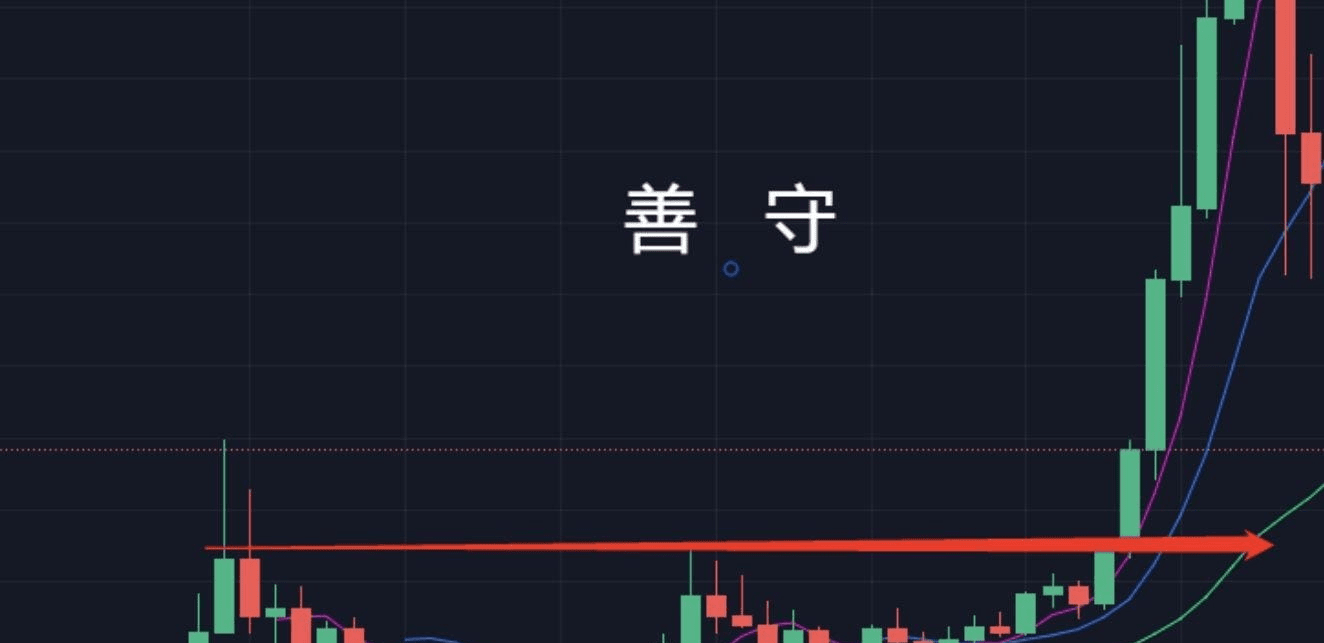
Regarding the best five entry points for spot trading, please pay attention to the five main entry points in the second part of the guide for newbies trading cryptocurrencies.
04 The principle of right-side entry and left-side exit.
Buying coins can be divided into left-side buying and right-side buying, and profit-taking can also be divided into left-side selling and right-side selling.
As shown in the figure, during the price decline, choose to enter on the left side and buy in batches, for instance at points A, B, and C. You might buy at the halfway point or at the lowest point. The left-side entry method is more aggressive and risky, which may not be suitable for newbies.
Point D is the entry point after the price breaks upward through the neckline of the W bottom reversal structure and confirms the retracement. This is a right-side entry method. Although it didn’t buy at the lowest price, it is more stable and certain, suitable for newbies.
After entering the market through left-side buying, as the price rises, one should gradually sell in batches—small profits for small increases, large profits for large increases, locking in profits. As shown in the figure, selling at point E belongs to the left-side selling method, while choosing to sell at point F after the price breaks below the rising trend line belongs to the right-side selling method. Newbies should prioritize the left-side selling method as it is more stable and maximizes profits.
The right-side buying and left-side selling methods, although not consuming the whole fish from head to tail, can still capture the most delicious parts, accumulating small victories into large ones.
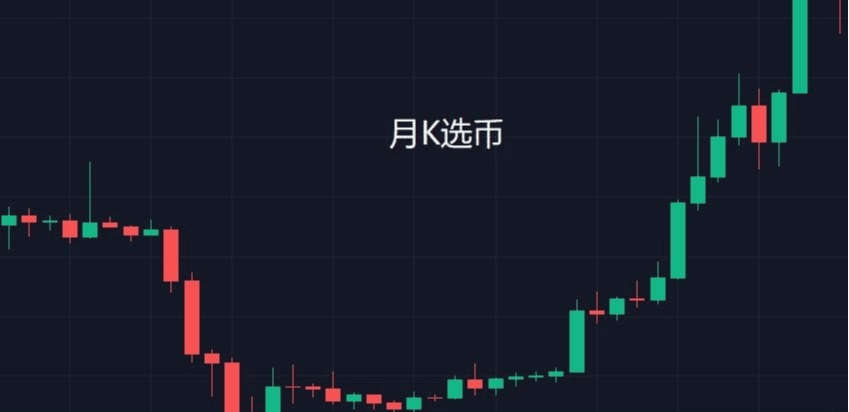
05 The principle of investing in new coins rather than old ones.
Currencies on exchanges are categorized into new coins, relatively new coins, and old coins. Newly listed coins are called new coins, those listed for several months are relatively new coins, and those listed for more than six months are old coins. Traders with larger capital prioritize mainstream coins such as Bitcoin, Ethereum, and SOL. Traders with smaller capital, including newbies, should focus on new and relatively new coins for better profit opportunities.
Why is it necessary to trade new coins instead of old ones? Because, unless there are new technological breakthroughs or new narrative drives, old coins will not see new speculation opportunities. Investors already know about them, and there are no fresh stories to tell. Moreover, they may have already been speculated upon several times, leading to significant amounts of trapped positions, making it difficult for main institutions to lift prices.
New coins and relatively new coins have new technologies, new tracks, new narratives, and new token models that easily attract investor attention. When a new or relatively new coin completes its bottom formation and breaks upward, there are fewer trapped players, so the main institutions can lift prices smoothly. Once it breaks through historical highs, the potential for imagination and profits becomes larger.
For example, the TIA relatively new coin shown below, with new technology and a new narrative, consolidated around 2.3U after listing on the exchange. After breaking the previous high of 3U, it surged, with a price increase of up to 7.5 times.
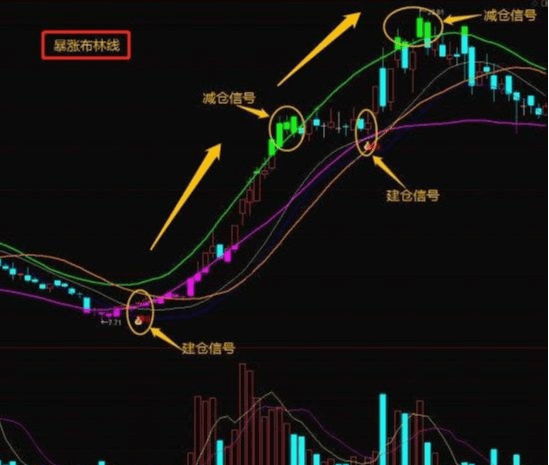
Another typical new coin is ORDI, which belongs to the new narrative within the Bitcoin ecosystem: the inscription track. After listing on Binance, it has been steadily rising, reaching a high of $92, with the price multiplying several times.
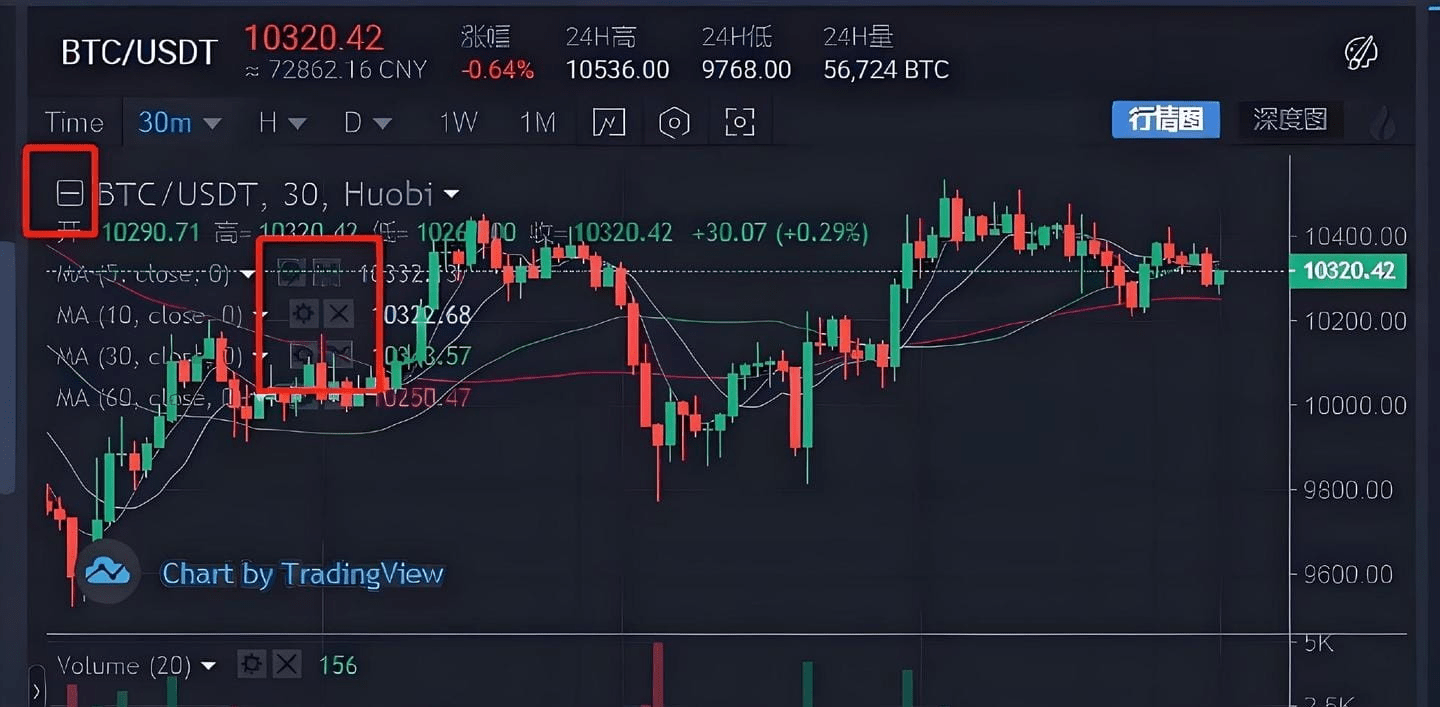
06 The six-part principle for trading new coins.
Based on my long-term observation of new coins listing on exchanges, I have summarized the six-part operational model that new coins generally follow upon listing.
1) In the days following listing, there is often a surge followed by a decline.
2) Continuous decline and testing the bottom, being sadly overlooked.
3) Continual bottom formation over several days begins to warm up.
4) Gradual price increase attracts attention.
5) The coin price hits new highs repeatedly, and the market goes crazy.
6) Institutional distribution of chips, chaos everywhere.
Some newbies choose to chase high prices to buy when new coins go live on exchanges. This high-chasing approach is easy to get trapped in and has a high risk of loss. Buying when the new coin completes the bottom formation in the third phase and successfully breaks upward is a more certain and safer right-side entry method, which is more suitable for newbies and conservative traders. Personally, I also choose to enter on the right side. We cite the SEI new coin case to demonstrate the right-side buying method in the third phase of new coins.
The SEI new coin surged and then declined on its first day on the exchange and continued to test the bottom for 98 days, constructing a relatively perfect arc bottom reversal structure. We can buy in when the SEI coin breaks through the neckline price A of the arc bottom structure. Although we didn't buy at the lowest point, we bought in the third phase on the right side, ensuring certainty and safety.
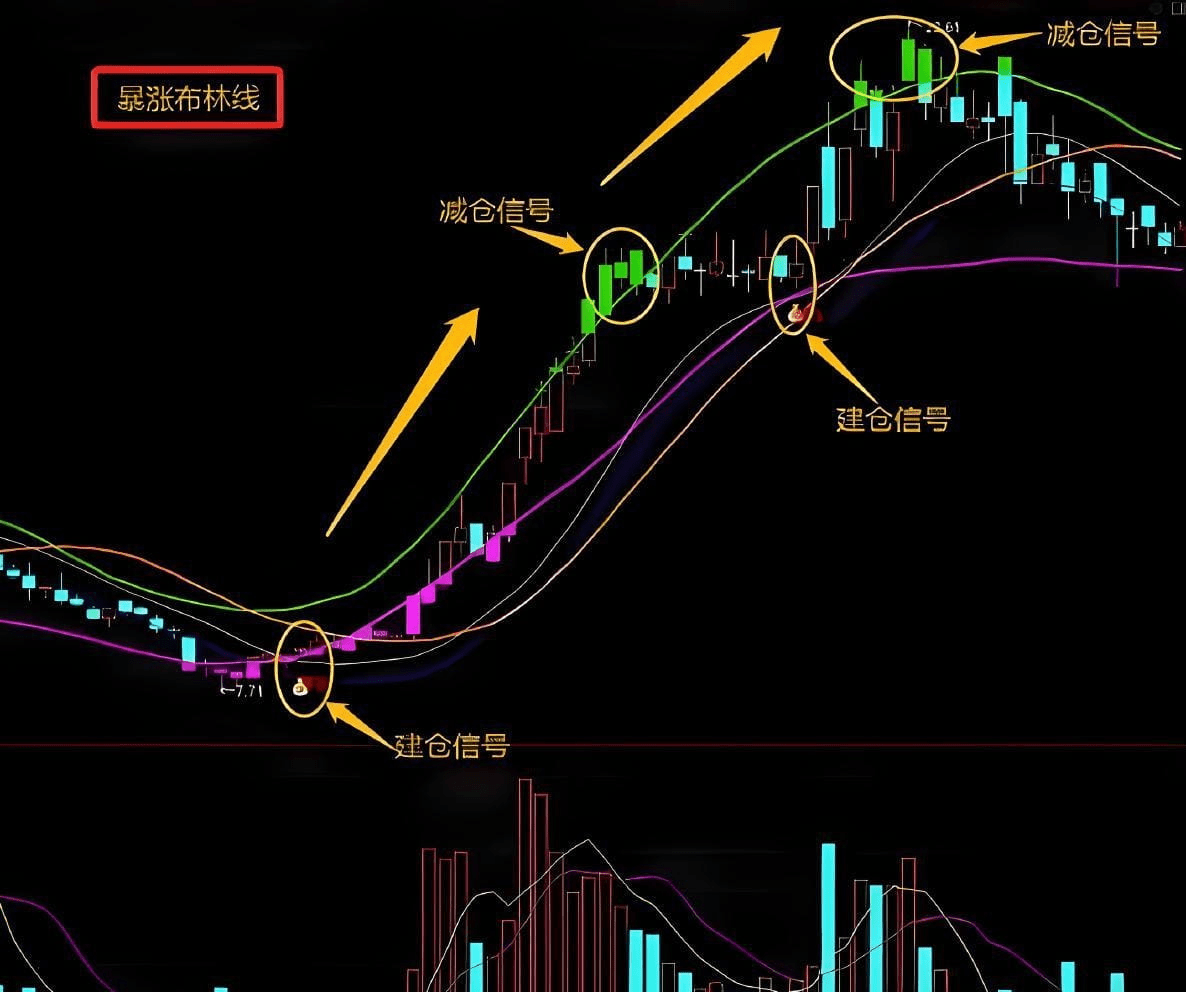
Let's review a case of the right-side buying method for a relatively new coin: TIA coin, which is a coin I once bought. After its listing, it surged and then retraced, consolidating sideways for 8 days before breaking through the historical high of 3U. I decisively chose to chase the high and buy in. Although I didn’t buy near the bottom at 2U, I bought at a point of certainty and safety. After breaking through the historical high, TIA coin continued to rise, yielding considerable profits.
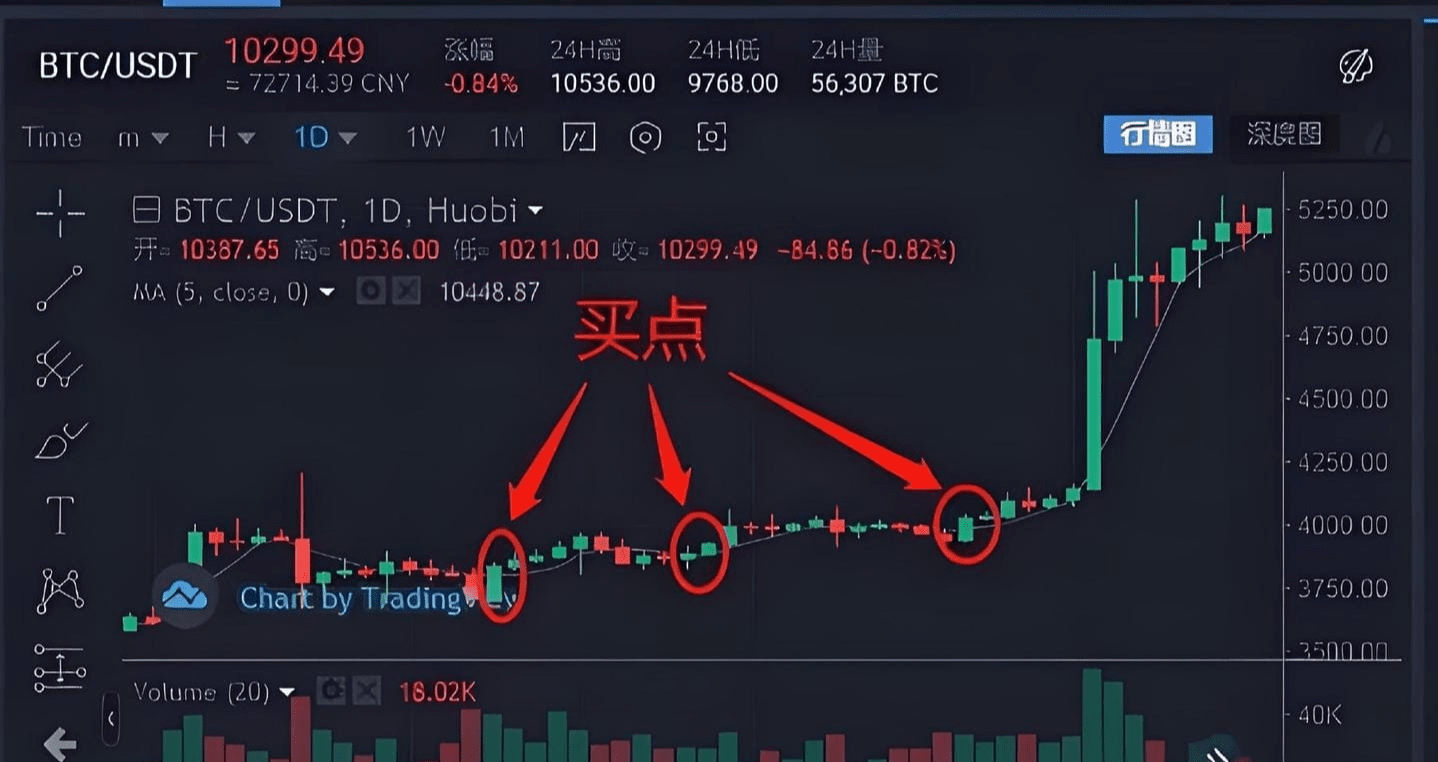
The above content is from the first part of the guiding principles for newbie traders in cryptocurrencies. I will continue to work on the second part, which will be published on Twitter, with an outline as follows.
The guiding principles for newbies trading cryptocurrencies (Part Two) outline:
7. The principle of entering the market with half of the capital.
8. The principle of five major entry points for buying.
9. The principle of setting stop-loss to protect the principal.
10. The principle of not trading frequently or impulsively.
11. The principle of avoiding short-term trading in swing trading.
12. The principle of persistence in learning and integrating into excellent teams.
"Teaching a man to fish is better than giving him a fish." This was written by Lulu during her break. Let's cherish it; more valuable content needs everyone's support. Feel free to follow me for discussions.



